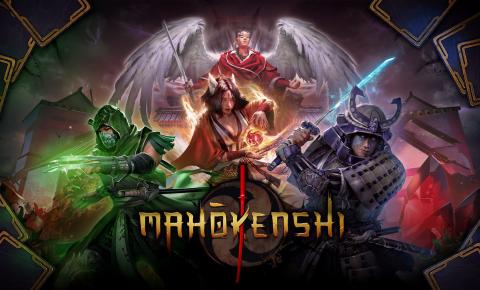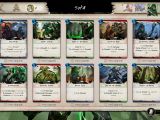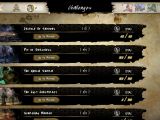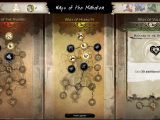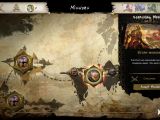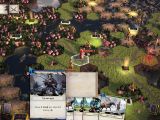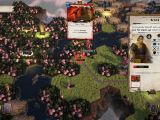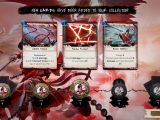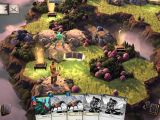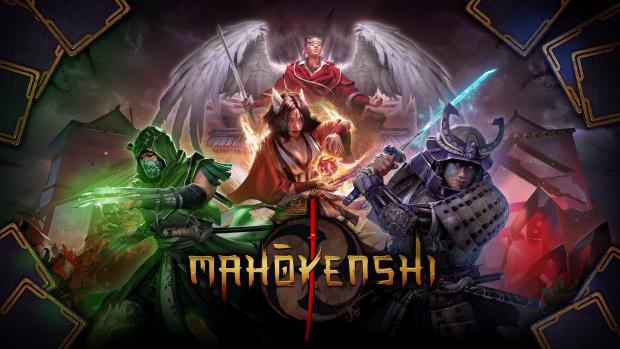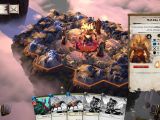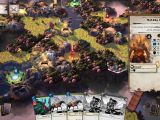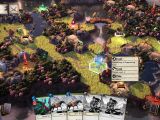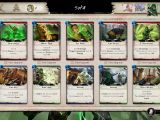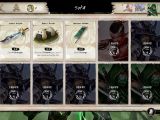Mahokenshi is a very polished tactical deckbuilding card game with some roguelite elements. I’d say it’s more similar to Across the Obelisk rather than Slay the Spire when it comes to gameplay formula, especially since it lacks any roguelike elements.
Developed by Game Source Studio, Mahokenshi applies its own twists to the deckbuilding card genre and some of these are working very well together making the game standout from other similar games. At launch, the game has four Samurai Houses to play with, which are classes that play differently.
All four classes have both physical and magical abilities, although each focuses on certain elements. You start with the House of Ruby and as the story progresses, you’ll unlock the other three classes. Mahokenshi is built around a story campaign with about a dozen side-quests available to complete for extra rewards.
Each story mission has some challenges that reward crystals if completed. All missions can be replayed with the same class or with a different one if you have uncompleted challenges, but you won’t be getting the same reward twice. Crystals are very important because they are used to unlock various abilities from the three different skill trees that form the Way of the Mahoken. What’s great is that you can reset your skills before a mission if you think something in particular will be more effective.
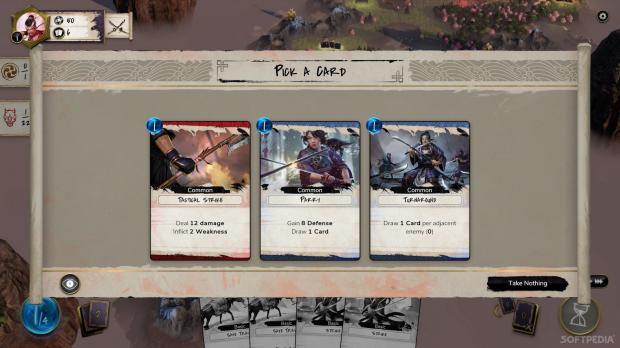
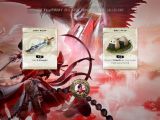

The story is quite generic, although I’m pretty sure fans of the genre won’t be playing the game for that alone. Even so, there are some interesting bits of lore from the Japanese mythology in Mahokenshi, which adds to its charm.
In Mahokenshi, you must protect the floating Celestial Islands from powerful enemies who seek to corrupt them. Each mission takes place on a grid map that features various landforms such as forests, mountains and plains. You’ll spend energy to move and fight on the map and then end your turn to replenish the energy pool. Moving doesn’t require you to play cards, but to win a fight you’ll have to play cards.
The positioning aspect is one of the additions to the deckbuilding card formula. There are powerful cards that offer great benefits when a character moves. Not to mention that depending on where you are (forest, mountain, plain), your attacks will hit harder or your defense will be much sturdier. It’s another layer of strategy that you must take into consideration when you start making your way to the objective.
Although you have limited energy and number of card draws at the beginning of a mission, you can boost both from special locations that sometimes are found on the map. After the first few missions I learned that the most important thing in Mahokenshi is mobility. Since many of the challenges must be finished in a certain number of turns, you must be pretty fast to be able complete them.
Mahokenshi treats every mission as a new run, which means that you’ll revert to the basic deck of the faction you decide to play with. You can add new cards, remove and upgrade cards during the mission by visiting marketplaces and temples. More cards can also be added to your deck directly from the map, and the faster you replace your basic deck, the more likely the chance you’ll succeed.
The character you play with will unlock a talisman slot after the first few story missions. New talismans get added to your collection as you level up, but many of them only offer benefits once every three or more turns.
Typically, you’ll want to take a good look at the map and decide which route to take. Hopefully, you’ll manage to hit some marketplaces and temples on the way to fine-tune your deck and be ready for the challenges. The game wants you to find a balance between being fast enough to reach the objective and having enough gold to build your deck.
Purchasing, removing and upgrading cards requires gold, which can only be obtained by killing enemies on the map or by completing side-quests (which usually involve more killing). Spend too much time fighting enemies and making money and you might fail to complete one or more challenges.
On the bright side, Mahokenshi is not a roguelike, so if you fail a challenge or an entire mission, you can always retry it. The maps remain the same, so you can build your tactics according to what you already know. The roguelite aspect comes from the fact that you’ll be offered the chance to choose from a different set of cards to add to your deck each run.
Character level is also something to take into consideration because new, more powerful cards are unlocked as you progress. Trying to beat the first story mission with a level six character will be infinitely easier because you’ll be offered cards from a better pool.
Just from the screenshots captured it’s easy to notice that Mahokenshi looks gorgeous. I love the art style and I think that it perfectly fits the setting. Even if you many may not like some of the design choices, no one can deny that Mahokenshi looks great.
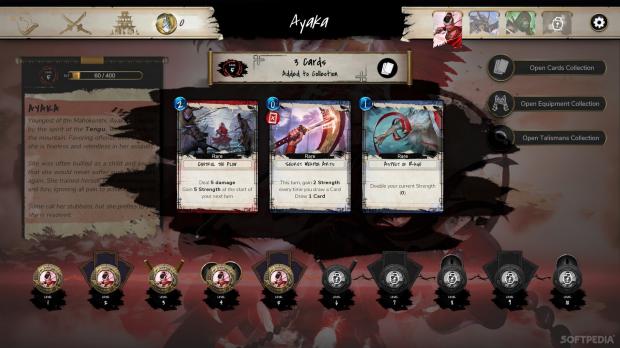
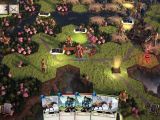
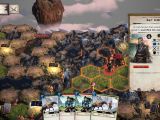
The Good
- Fresh take on the deckbuilding formula
- Gorgeous art style and soundtrack
- Challenges push players to find the perfect strategy
- Easy to learn, hard to master
The Bad
- No replay value
- Characters unlocked later on don’t get to shine
Conclusion
That being said, I did like the gameplay loop and those who love games like Across the Obelisk will find Mahokenshi mildly interesting. I say “mildly” because Mahokenshi lacks the complexity of other deckbuilding card games. I definitely recommend it to anyone enjoying these types of games, especially since it brings something new to the table.
Review key was provided by the publisher.
 14 DAY TRIAL //
14 DAY TRIAL // 